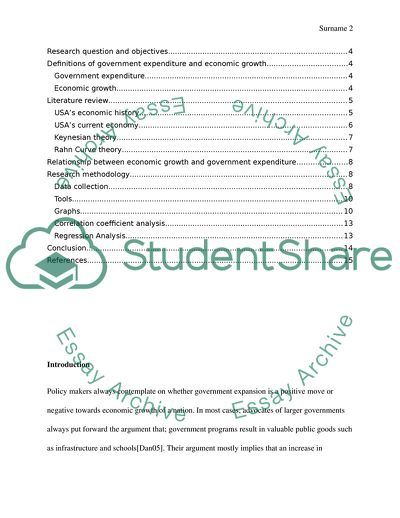Cite this document
(Effect of Government Expenditure on Economic Growth of the USA Research Proposal, n.d.)
Effect of Government Expenditure on Economic Growth of the USA Research Proposal. Retrieved from https://studentshare.org/macro-microeconomics/1797464-effect-of-government-expenditure-on-economic-growth-of-usa
Effect of Government Expenditure on Economic Growth of the USA Research Proposal. Retrieved from https://studentshare.org/macro-microeconomics/1797464-effect-of-government-expenditure-on-economic-growth-of-usa
(Effect of Government Expenditure on Economic Growth of the USA Research Proposal)
Effect of Government Expenditure on Economic Growth of the USA Research Proposal. https://studentshare.org/macro-microeconomics/1797464-effect-of-government-expenditure-on-economic-growth-of-usa.
Effect of Government Expenditure on Economic Growth of the USA Research Proposal. https://studentshare.org/macro-microeconomics/1797464-effect-of-government-expenditure-on-economic-growth-of-usa.
“Effect of Government Expenditure on Economic Growth of the USA Research Proposal”. https://studentshare.org/macro-microeconomics/1797464-effect-of-government-expenditure-on-economic-growth-of-usa.


